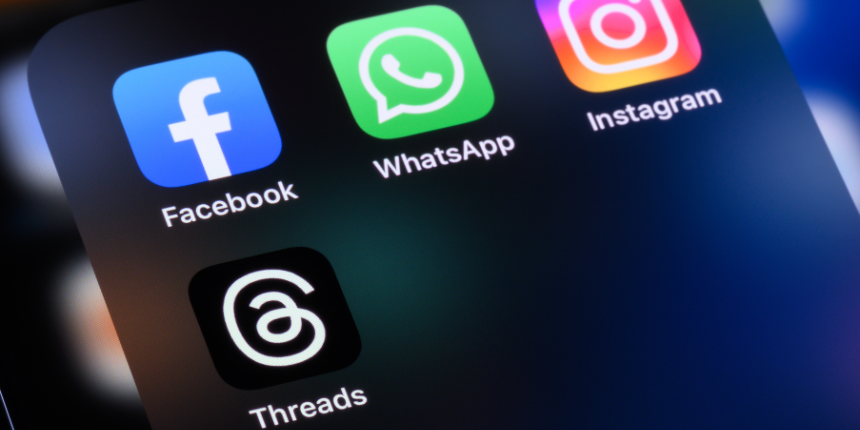
Amplify your reach and drive results with our tailored paid media strategies.

Unless you’ve been snoozing like a Snorlax, you’ve probably heard of Pokémon Go. It’s a free-to-play augmented reality game in which players use their smartphones to locate and catch Pokémon.
It’s also the most interesting marketing development we’ve seen in years.
The crazy thing is, that’s not even an overstatement. The game itself may stand the test of time (as, indeed, the original has) or it may end up being a fad – it’s the potential of the technology behind the game that’s important to marketers.
By looking at why Pokémon Go is so successful and how businesses are utilising it, we can gain an insight as to how augmented reality might be used by marketers in the future.
Aren’t you over-hyping it? Jumping on a current trend and spinning it? Surely any marketer seriously using Pokémon Go in their strategy needs a good hard look at themselves?
I won’t lie – a lot of blogs recently have discussed Pokémon Go as if it is a digital marketing panacea. No, you can’t pin your digital strategy on buying a PokéStop (in-game locations where players collect items) outside your shop. But when you consider that Google pumped millions into the game development, you know there has to be an angle for digital marketers. Google just wouldn’t bother otherwise.
It all started when Niantic was spun out from Google. Niantic was formed in 2010 by John Hanke, former CEO of the company that created Google Earth.
The group’s first foray was a location-based mobile app called Field Trip, which involved finding hidden items in the real world. This was a test of the location-based game mechanics and allowed them to collect a lot of user-generated data about locations across the world.
Niantic’s first big product, however, was a game called Ingress, which combined location-based gaming with augmented reality for the first time.
It was only after The Pokémon Company got involved that Niantic officially spun out from Google. During the split, Niantic announced the three biggest investors in Pokémon Go: The Pokémon Company, Nintendo, and – of course – Google.
When viewed through this lens, the entire Niantic project is simply an investment by Google into researching the potential user and tech issues, applications, and revenue streams of augmented reality.
What’s more, they can do it via a relatively safe, fun game, where users are keen to report issues, rather than a high-pressure commercial environment where any issues could potentially cost the company millions.
Now that they know what it can achieve, it’s only a matter of time until Google starts using augmented reality for its next big project. And for digital marketers, the outcome could be the start of an epic shift.
Whether they realise it or not, people don’t love Pokémon Go only because it’s a great Pokémon game; they love it because it’s augmented reality with mainstream appeal.
Augmented reality is a live view of the real world (like what you see when using your phone’s camera) that has been augmented by a computer-generated sensory input, usually an image.
Take a look at the screenshot below, which is an example of what players could see when looking at their phone.
It does what is says on the tin, taking a live view of the real world, but augmenting it with computer-generated images.
There has always been a divide between physical and digital gaming. Beating the lava level on Super Mario Bros. 3 and scoring the winning try in rugby are both ways to win a game, and yet they don’t really feel on the same level.
The augmented reality feature of Pokémon Go blurs the lines between physical and digital. Players must get up, go out, and wander around their area in order to catch Pokémon. They’re even seeing the real world projected onto their screen, and yet it’s still a digital game.
Augmented reality combines the best of both worlds, which provides the opportunity for mass market appeal. The concept is nothing new, but Pokémon Go represents the first time it has been implemented without limiting itself to a particular demographic.
Subscribe to our monthly newsletter.
Some of the immediate commercial applications of the game, rather than the technological applications, are really interesting.
By pulling digital into the real world (as opposed to virtual reality, which seeks to do the opposite), Pokémon Go has given businesses a tangible way to reach new customers with whom they couldn’t otherwise connect.
Take this street sign I snapped on the way to work the other day:
One of the downsides of Pokémon Go is that it uses a lot of data, and businesses like Three mobile are capitalising on this fact to promote their data plans.
The unique mechanics of the game, however, mean that nearly any storefront business can attract Pokémon Go players. In the game, “PokéStops” are areas where players can find special items to enhance gameplay. They’re normally located at landmarks or historic buildings, and many surrounding businesses are posting signs offering discounts to players.
Players can also purchases “Lure Modules,” which attract a greater number of Pokémon to a particular PokéStop for 30 minutes. If the weather’s nice and the street’s busy, dropping a lure near your café is a great way to increase footfall. A single Lure Module costs 100 PokéCoins (aka 79p), but you get discounted rates for buying in bulk, up to 14,500 PokéCoins for £79.99.
Pokémon Go is just the beginning. Imagine offering location-based flash deals to customers if they download your app, or a virtual dressing room that uses augmented reality to show how a customer would look in a particular dress. Watch this space this space to discover more commercial applications of the new technology. In the meantime, let you mind run wild!
Google certainly will be…
For more marketing news and helpful tips, subscribe to our quarterly newsletter.
Amplify your reach and drive results with our tailored paid media strategies.
Amplify your reach and drive results with our tailored paid media strategies.
Subscribe to our monthly newsletter.